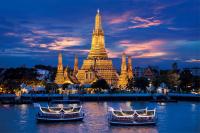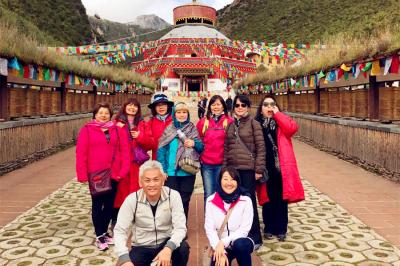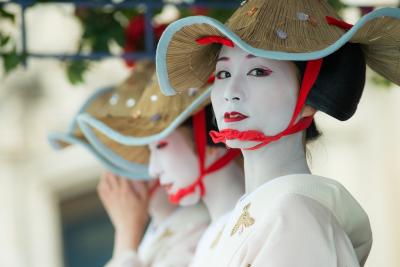Shibaozhai Pagoda
Shibaozhai represents one of the gems of Chinese architecture along the banks of the Yangtze River, and one of the top shore excursions of Yangtze River Cruise. The pagoda of Shibaizhai was first built during the Wanli period of the Ming Dynasty and underwent multiple repairs and expansions during the Kangxi to Tongzhi periods of the Qing Dynasty. Therefore, it has a history of over 400 years.
From afar, the protruding 220-meter (720 foot) Jade Seal Mountain where the Shibaozhai Temple stands on the north bank of the Yantze can appear to resemble a jade seal, and is so named. The creation of the hill is attributed to the goddess Nuwa in a Chinese legend, who caused a rockslide while she was redecorating the sky after a fierce battle between two warring dukes.
Year after year, the rising waters of the Yangtze River eventually surround the pagoda, which is now preserved with a tiny dam of its own, but left on an island.
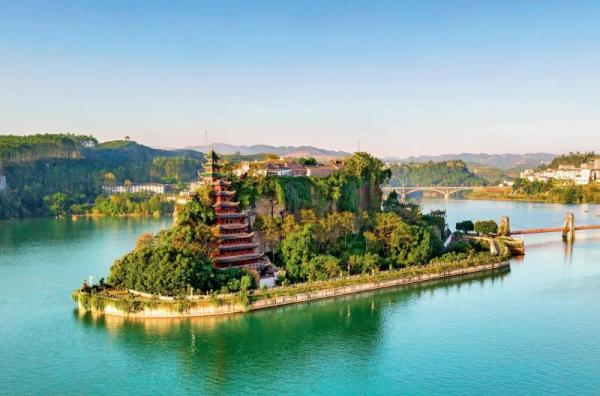
Shibaozhai Temple Facts
History
During the Tang Dynasty, there were already structures on the summit of Jade Seal Mountain for people to climb and overlook the Yangtze River. During the Wanli reign of the Ming Dynasty, Yin Yu, the magistrate of Zhongzhou, began construction of the Emperor's Hall at Shibao Pagoda.
During the Kangxi reign of the Qing Dynasty, local artisans were inspired by the sight of mountain eagles spreading their wings and soaring upward from the base of Jade Seal Mountain. They then constructed a tower-shaped pavilion in accordance with the mountain's contours, thus creating Shibaozhai.
In the first year of the Qianlong reign of the Qing Dynasty (1736), the twelve-story fortress tower was first constructed and named “Cen Lou.” In the 24th year of the Jiaqing reign of the Qing Dynasty (1819), the temple was rebuilt based on the original design, resulting in the existing structure.
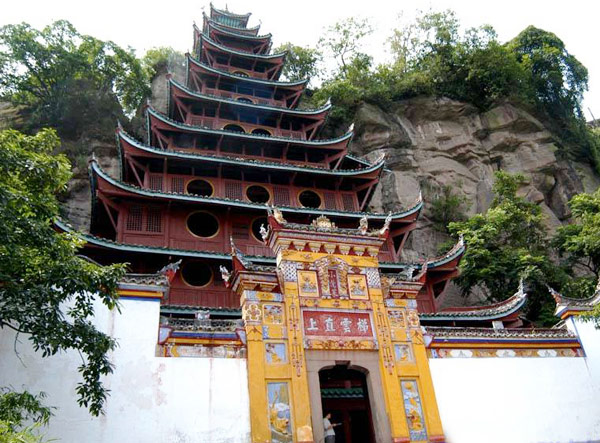
The Architecture of Shibaozhai
A red pavilion, 12 floors and 56 meters high, hugs one side of this rock. Its tall yellow entrance gate is decorated with lions and dragons and etched with an inscription inviting the visitor to ascend into a "Little Fairyland". The temple at the Shaibaozhai top was built during the reign of the Emperor Qianlong (1736-96) and access to it was by an iron chain attached to the cliff. A nine-storied wooded pavilion was added in 1819 so that monks and visitors to the temple would not have to suffer the discomforts of the chain ascent. The ninth floor also implies the meaning of "nine heavens". In 1956 three more stories were added. Each floor is dedicated to the famous generals of the Three Kingdoms period (AD 220-65), local scholars and renowned Chinese poets.
The spirit wall in the temple’s main hall is constructed of excavated Han-dynasty (206 BC-AD 220) bricks. The hall behind is dedicated on the right to General Zhang Fei and Yan Yan of the Three Kingdoms, and on the left to General Qin Liangyu (1576-1648) who fought bravely against the Manchu forces. A mural shows the goddess Nuwo repairing the sky.
The building material used is the masan tree, which has been growing for many years, has hard wood, is resistant to decay and corrosion. It is the main material for each floor. The eaves and arches of each floor are connected with wood brackets, and no iron nails are used in the entire building.
Among the few remaining high-rise wooden architectures in China, the Shibaozhai pagoda is the only, highest and most multi-story purlin-style wooden structure that seamlessly blending natural and cultural landscapes. It is hailed as "one of the world's eight extraordinary buildings".
In 2009 the water level of the Three Gorges Dam Reservoir reached the base of the yellow entrance gate of Shibaozhai.
>> Recommended 11-day China Golden Triangle Tour with Yangtze Cruise
What Else to See: Major Attractions
Emperor's Hall
Emperor's Hall is located at the summit of Jade Seal Hill and is the oldest existing building in Shibaozhai. It faces west and consists of a three-courtyard compound, comprising a main gate, front hall, main hall, and rear hall.
The front hall is the Guardian Hall, with the loyal and martial Guan Yu (the God of War) at the center, flanked by the “Four Heavenly Kings” (the Western King of the Wide Eyes, the Northern King of the Many Hearings, the Eastern King of the Holding of the Nation, and the Southern King of the Growth of the Nation).
The main hall is the Jade Emperor Hall, housing a statue of the Jade Emperor, as well as the Southern Immortal, the True Martial Emperor, the Supreme Old Lord, the Star of Literature (Kui Xing), the Star of the Morning, Nezha, the Nine Luminaries, the Giant Spirit, the Second Lord, and the Tower-bearing Heavenly King, among other deities from the celestial realm.
Behind the main hall are two side halls, featuring large granite relief carvings of “The Eight Immortals Crossing the Sea” and “The Feast at the Jade Pool.” A “Bridge of Love River” spans the space between the two side halls. The rear hall houses statues of the Queen Mother of the West and the Seven Fairies.
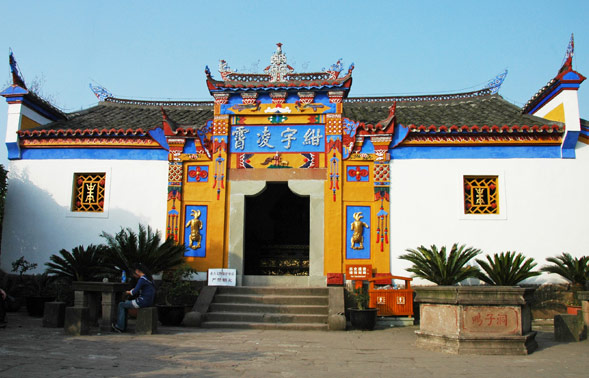
The Twelve Zodiac Animals
The Twelve Chnese Zodiac Animals are located on either side of the open space at the bridgehead connecting Shibaozhai. Each side features six animal heads, replicas of the Twelve Zodiac Animals from the Old Summer Palace.
Guanyu Relief Art Wall
The Guanyu Relief Art Wall, also known as the Guanyu Wall, is a white marble relief wall depicting the story of Guan Yu from the Three Kingdoms period.
Ancient Cannon Fortress
Located on the flat plain outside the rear courtyard of the Emperor's Hall, the cannon fortress was constructed during the Tongzhi era of the Qing Dynasty to resist foreign invaders. The original earthen cannon was over 3 meters long, but it has rusted and fractured over the years, with only a section remaining.
Duck Hole
In front of Ganyu Palace at the top of the Jade Seal Hill is the Duck Hole. It is said that as spring turns to summer, if you take a live duck and drop it through the hole, it will quickly reappear swimming in the Yangtze. In the past the monks apparently drew their drinking water from this hole by using a pipe made of bamboo.
Rice Flowering Hole
In the rear hall of Shibaozhai are the remains of the Rice Flowering Hole. Legend has it that long ago just enough husked rice would flow up from the small hole each day for the needs of the monks and their guests. One day a greedy monk, thinking he could become rich, chiseled a bigger hole, and the rice flow ceased forever.
>> Recommended 4-day Chongqng to Yichang Yangtze River Cruise
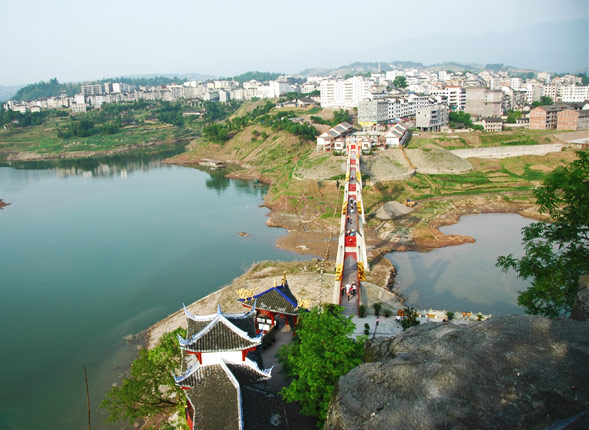
Local speciality Food
When visiting Shibaozhai Temple, you can also sample local Chinese food such as Xiangshan honey cakes, Wuyang white wine, Zhongxian tangerines, Shibaozhai steamed tofu, Zhongzhou fermented tofu, Yangtze River Three Gorges ecological fish, and radish thread oil sauce.
How to Get to Shibaozhai
- From Chongqing Chaotianmen Transportation Square Bus Station, take a long-distance bus or a speedboat from Chaotianmen Pier to Zhong County (4 hours). At Zhong County Bus Station, transfer to a shuttle bus (every 30 minutes) to Shibao Zhai.
- On the north bank of the Yangtze River south of Shibao Town, there is a tourist pier suitable for large ships to dock. After disembarking from the Yangtze River cruise ship here, walk 650 meters to reach the scenic area.
>> Recommended 20-day China Odyssey Tour
